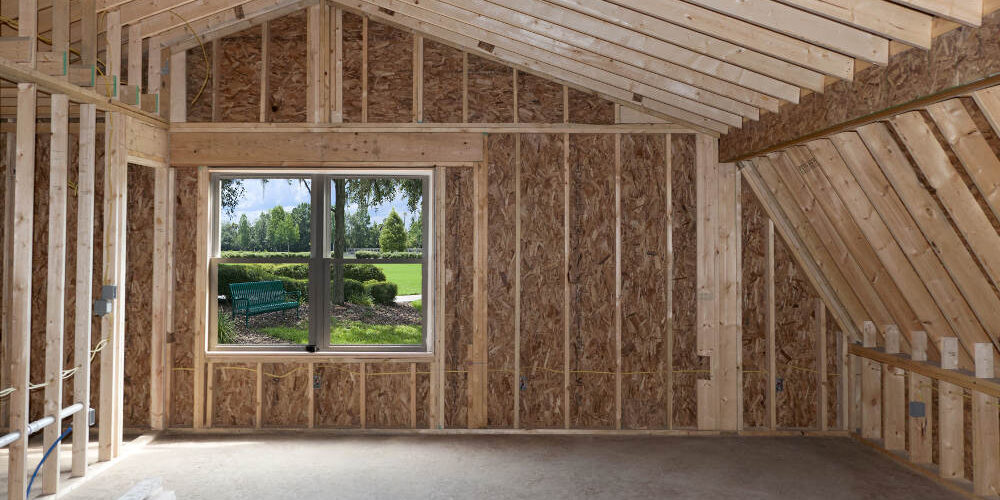Human beings have a long history of using asbestos due to its properties of fire and heat resistance, and the Romans not only knew about asbestos but also knew something about the damaging effects it had on the health of people who mined it.
While the use of asbestos materials is now banned for most of its former uses, this hazardous material still has a few current applications. Asbestos is still used in some auto parts including brake linings and clutches, gaskets, and pipes used in highly alkaline or acidic environments. Small amounts of asbestos are also still found in corrugated cement sheeting, roofing products, and pipe wraps.
Finding Asbestos in Buildings
Besides being highly heat and fire-resistant, the fibers of asbestos are also strong, and these qualities resulted in asbestos being used in products such as asphalt roofing shingles, siding panels, wall board, sheetrock mudding compounds, flooring tiles, adhesives, and vinyl building products. The thermal insulating properties of asbestos were taken advantage of by applying asbestos coatings to pipes, vents, ducts, boilers, and furnaces.
Spray-on coatings of asbestos containing compounds were also routinely added to steel beams and columns for fireproofing and applied in often heavy coats as decorative and acoustic plaster on ceilings, one variety being known as ‘popcorn’ texture.
The EPA requires certain procedures for removing asbestos from buildings. Building owners must notify the EPA before conducting demolition or renovation, and hazardous materials contractors must shut-down heating and cooling systems, seal-off areas where asbestos is being removed, provide workers with proper safety equipment and training, clean all surfaces after asbestos removal is complete, and dispose of the waste in authorized facilities.
Harbor Environmental Group is an expert in asbestos risk assessment and mitigation serving Orange County and Southern California.




